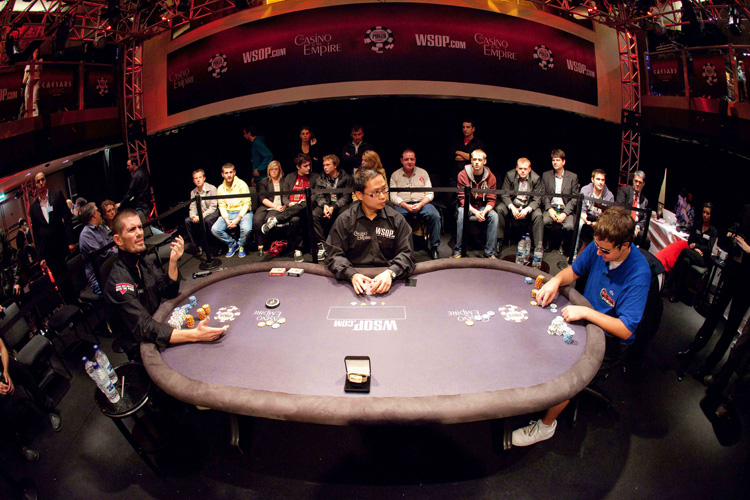
Poker is a challenging game that requires players to know how to calculate odds and other mathematical concepts. If you’re looking for a quality poker table, there are some things you’ll want to consider before making your purchase. When organizing a poker, having the correct Poker chips set may make or break your gaming experience. Whether you’re a casual player or a seasoned pro, the qualities of your poker table top may significantly influence the comfort, durability, and overall pleasure of your games. In this tutorial, we’ll go over the key features you should consider when selecting a poker table top so you can make an informed selection for your gaming setup.
Critical features for selecting a poker table top:
1. Size and Shape: A poker table top’s size and shape can significantly influence how it performs during gameplay. These factors are critical for hosting tournaments or other professional games. A corner-style poker table is the most commonly used style in homes and backyards, but these tables can feel cramped when 4-6 players use them simultaneously. Rectangular or oval-shaped rectangular tables allow more people to sit around the table comfortably, while tournament-style tables accommodate up to 8 players at once.
2. Build Quality: A poker table top’s quality also dramatically affects its gameplay. Using a plastic poker table top may feel too light and flimsy, whereas a heavy wood or metal table top could cause your game to slow down because of the added weight. A frame made from steel may be more durable than aluminium, while the wood construction is more natural, but some think wooden tables are less suitable for frequent playing.
3. Resistance to Scratches: Poker table tops often become dirty from chips or dirt on players’ hands during play. The abrasiveness of this surface can cause long-term damage to the surface if not cleaned properly. Solid wood, metal, or even glass table tops are more susceptible to scratching than plastic. However, watch for scratches in the corners where the tabletop meets the legs.
4. Durability: A poker table top can be solid and durable but usually lacks thickness. Players often choose heavy tables for their poker games to make up for their lack of weight because they look more secure and stable. Suppose you plan on hosting something other than professional tournaments or want to keep your game smooth and steady rather than competitive. In that case, a narrow or lightweight poker table top may be preferred for its small size and easy maneuverability.
5. Resilience: A good poker table top should resist moisture, sunlight, and damage. If you plan on using your table outdoors, ensure it will withstand the elements. A water-resistant poker table top may not be as durable as one that is water-proofed, but it will still offer some degree of protection from unexpected changes in the weather. There are also many different types of finishes for poker table tops. It’s best to select a material that offers a high degree of natural resilience and its outer layer of protection for the most durable tabletop.
6. Surface: Some poker table tops have a felt top, while others have a smooth wood finish. Felt can give players the best traction for holding cards and placing bets, but it can also become dirty quickly. A glass tabletop may be more resistant to dirt and scratches, but it’s also heavier than most other types of material. When selecting a poker tabletop surface, it’s often best to consider your primary goals. If you want to play games requiring precise cards and chip positioning, selecting one with felt on the top is better.
Conclusion:
Choosing the best poker tabletop is critical for anyone who enjoys hosting poker games. The size, shape, material, and other features should match your preferences and playing style. With a suitable tabletop, you can create an inviting and comfortable gaming environment for you and your friends, ensuring many enjoyable poker nights to come.




